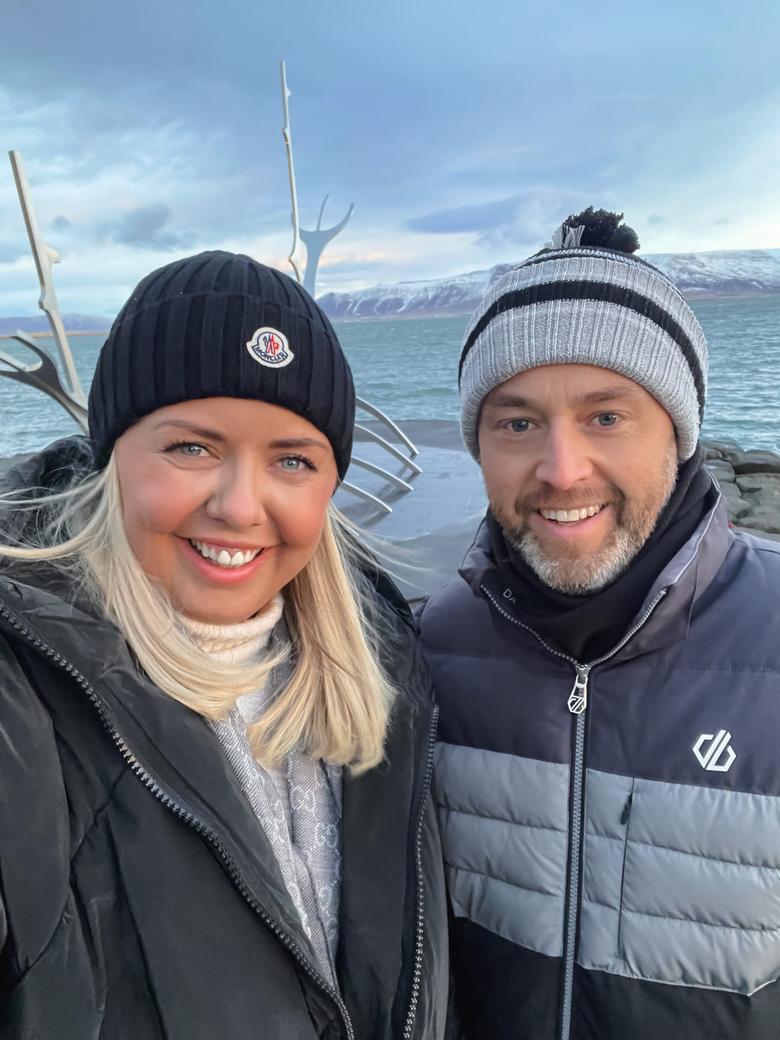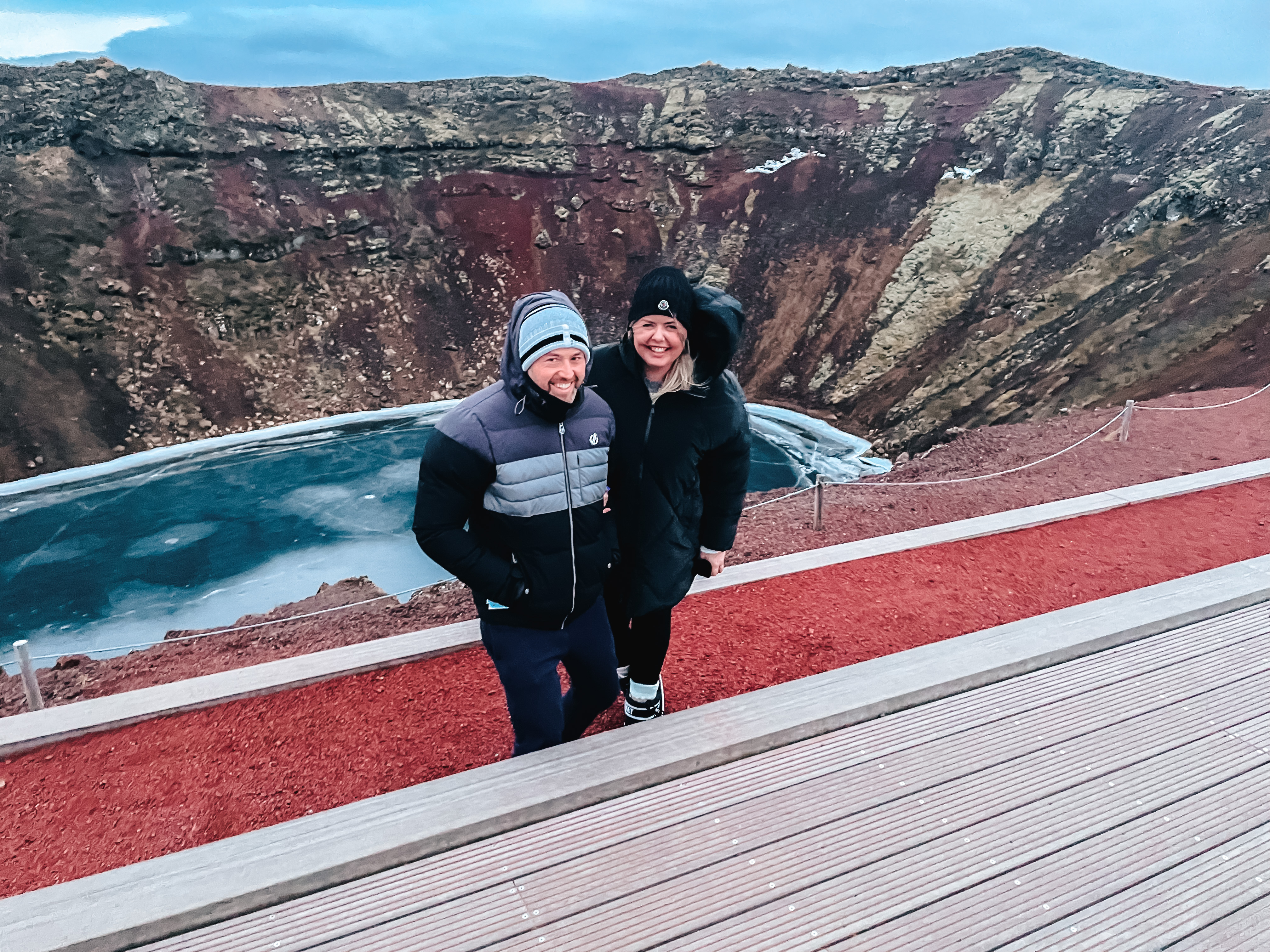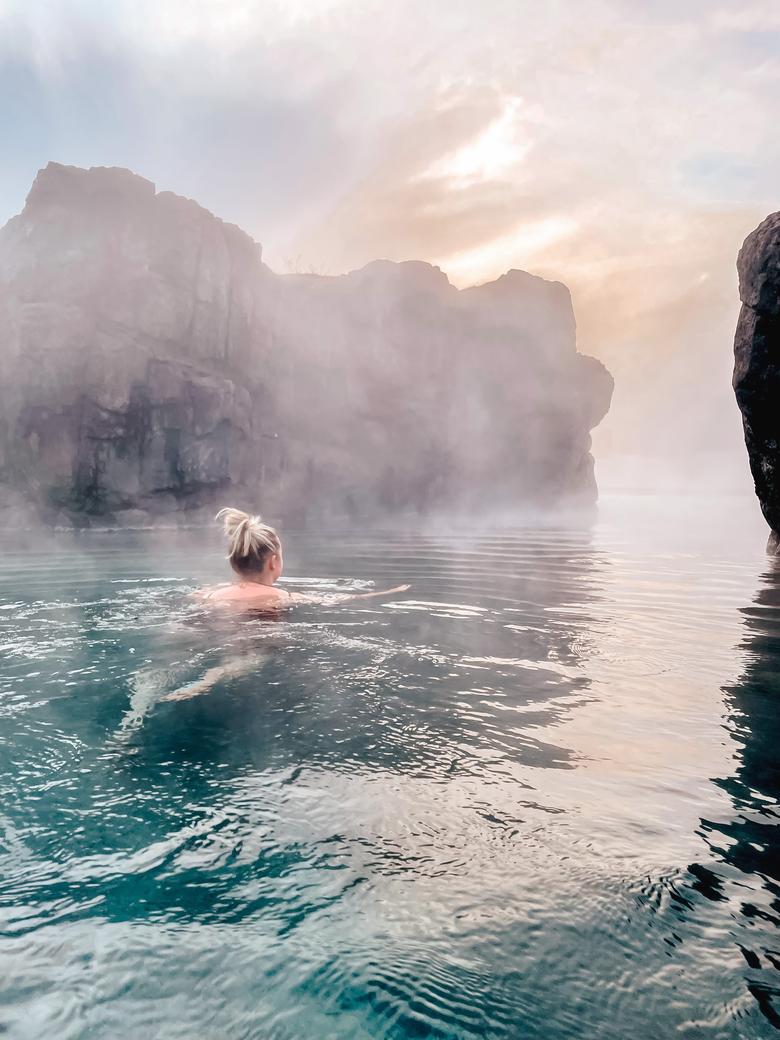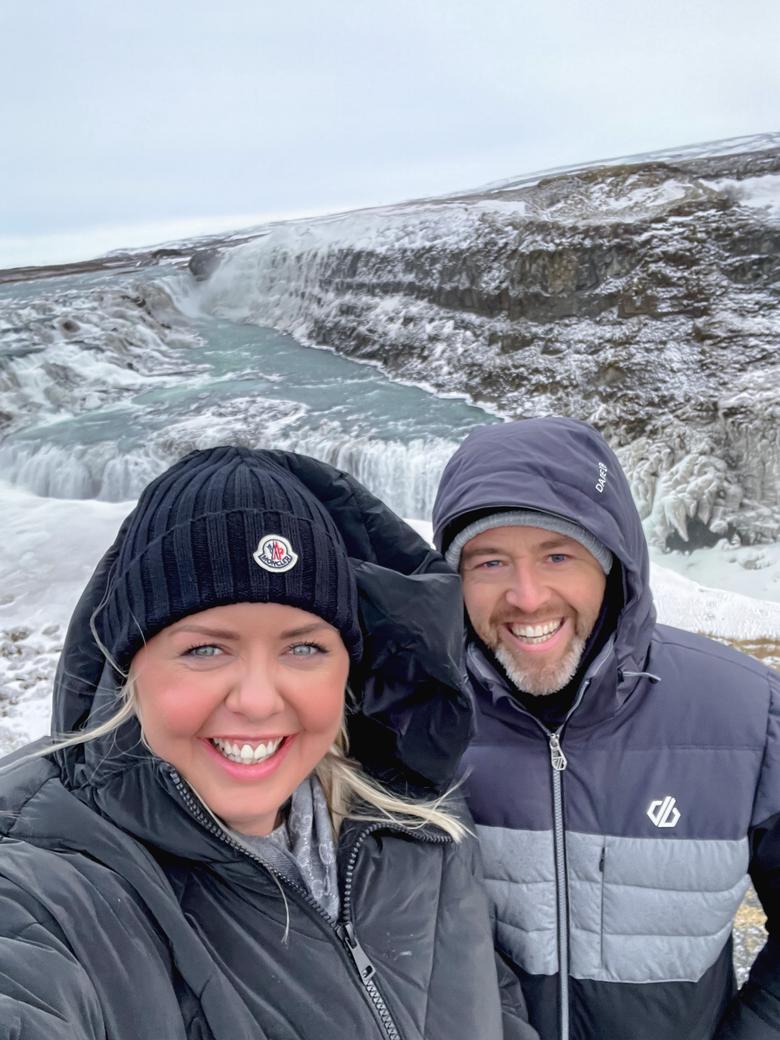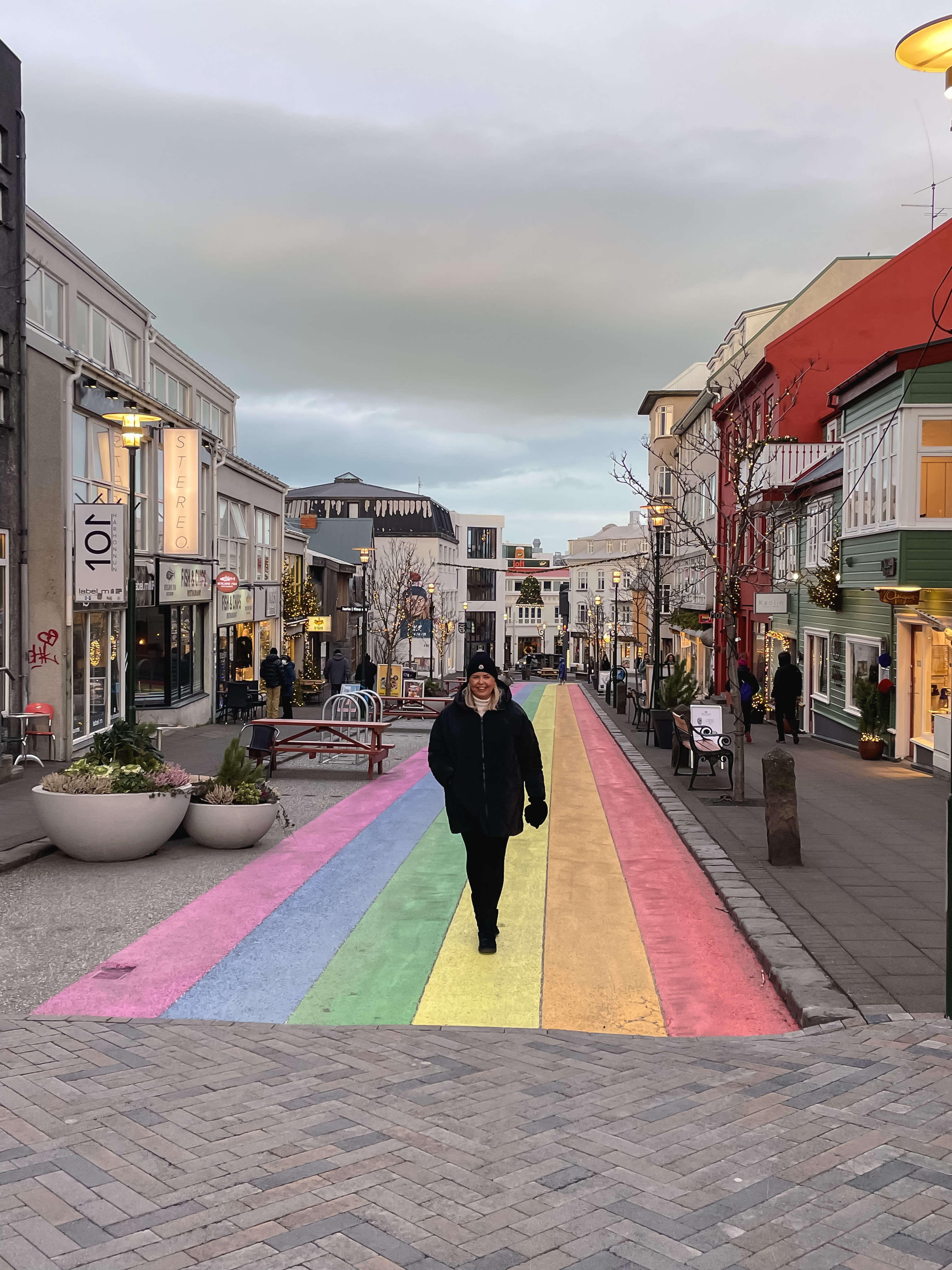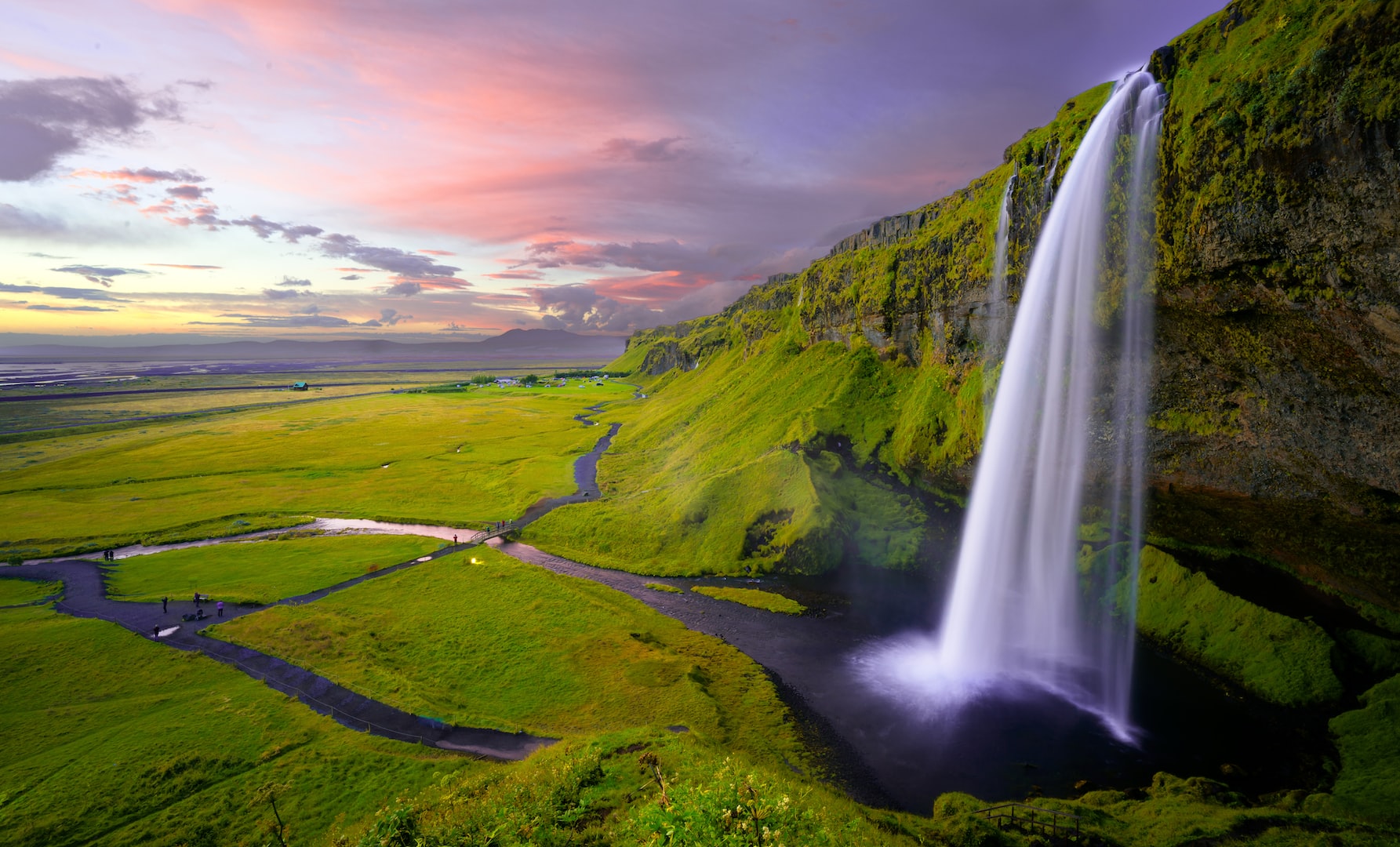
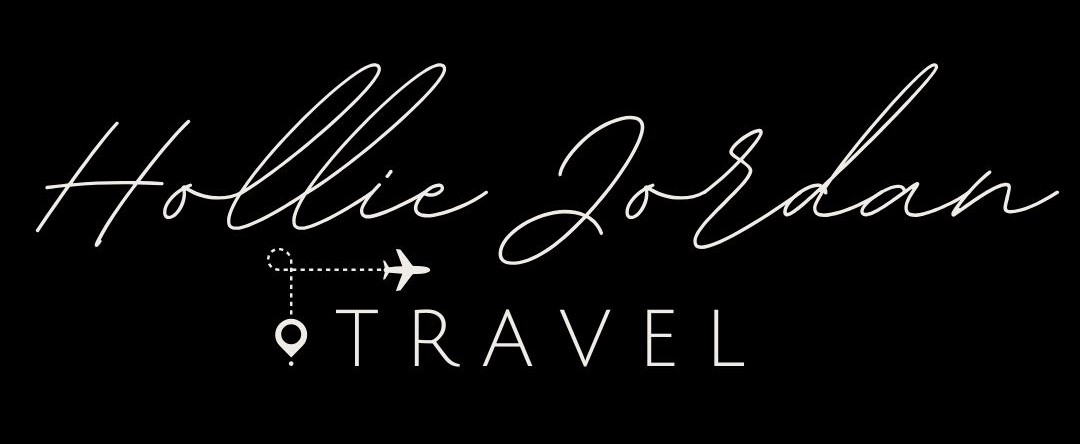
iceland
Iceland is a destination like no other
A magical, beautiful landscape of endless adventures. Appropriately known as the "land of fire and ice", Iceland is home to some of the world's most active volcanoes and several of Europe's largest glaciers.
Iceland is also a land of light and darkness. Expect summer days of constant daylight or dark winter days with only a few hours of daylight.
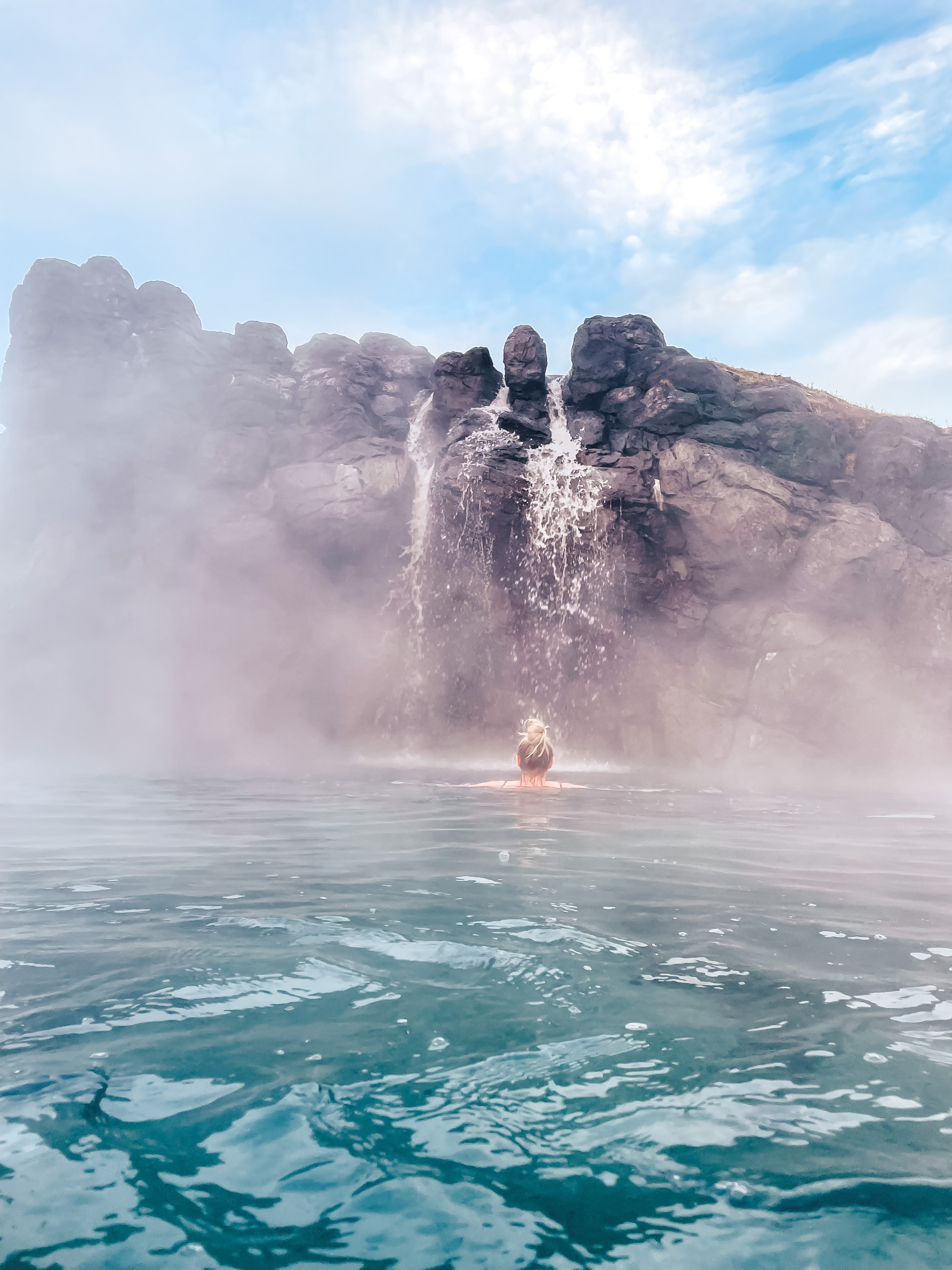
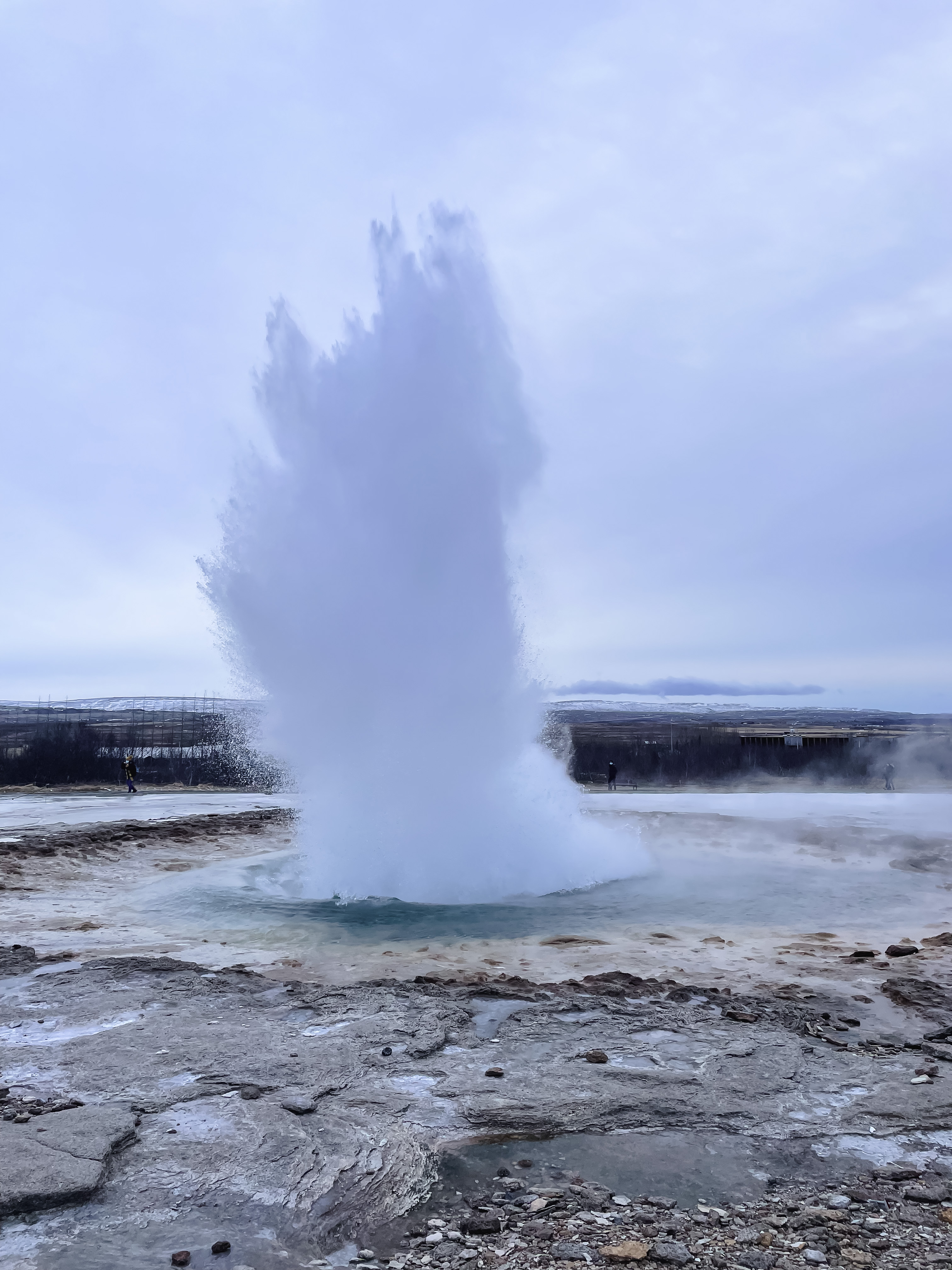
WHAT TO EXPECT
Best time to visit

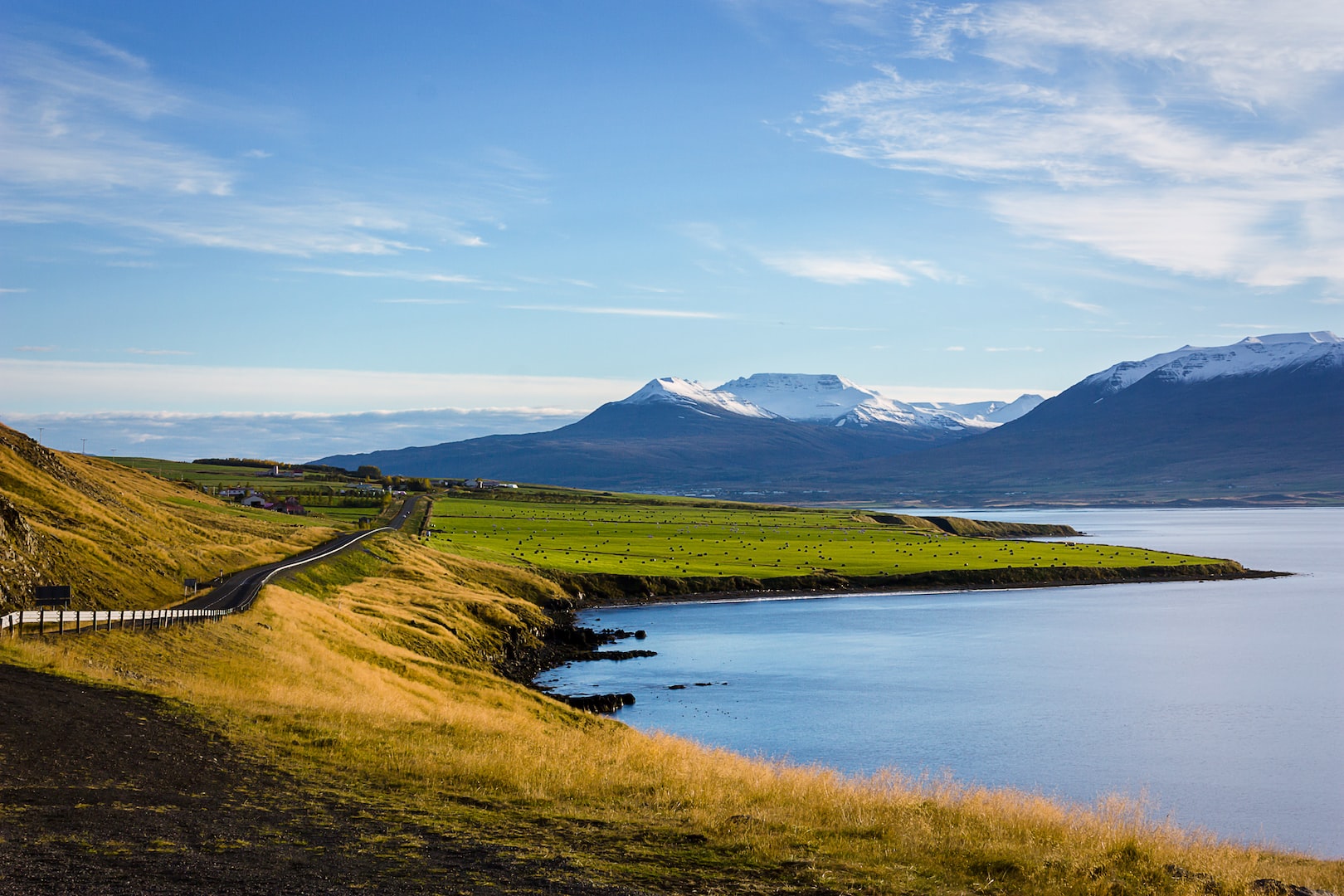
Summer
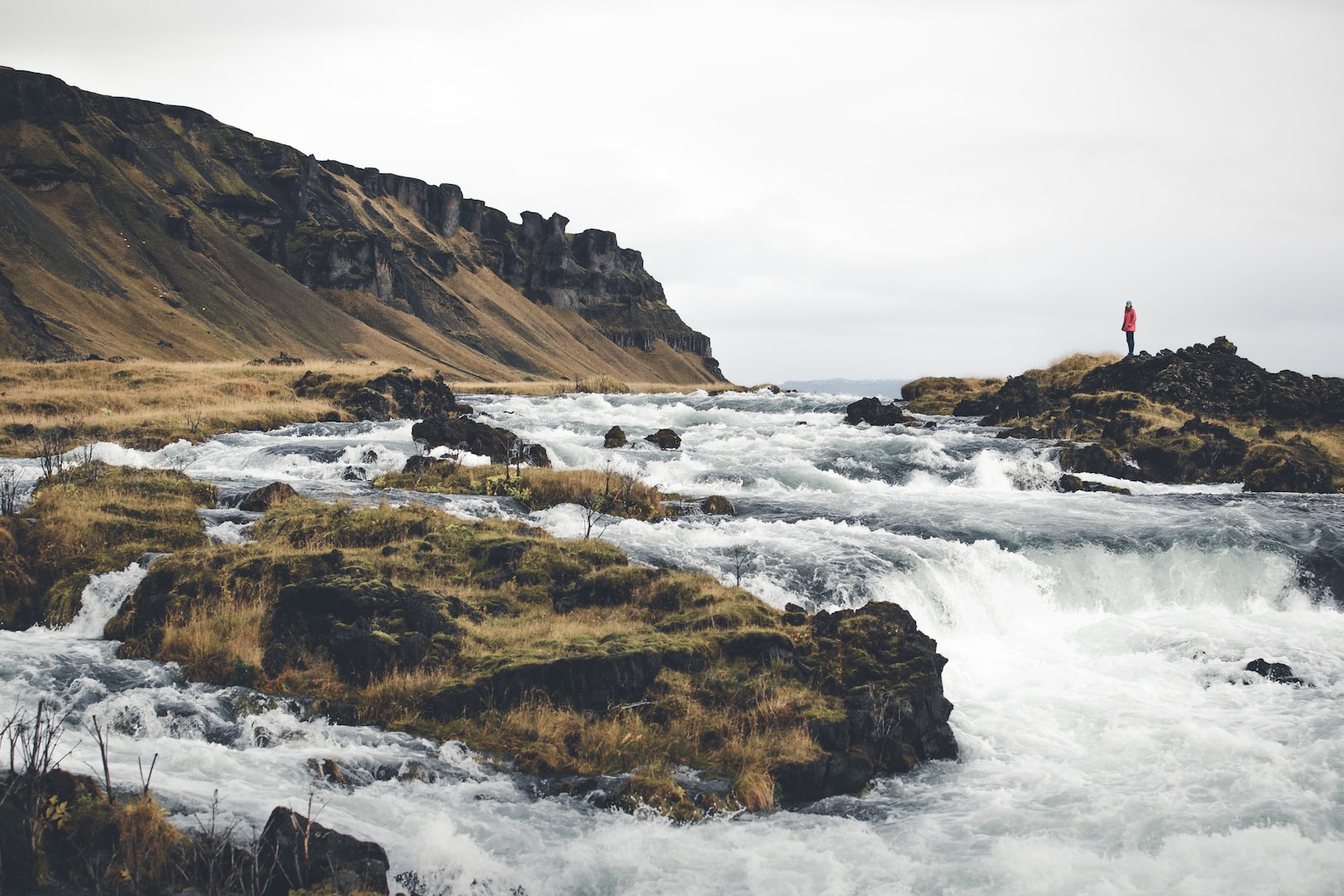
Autumn
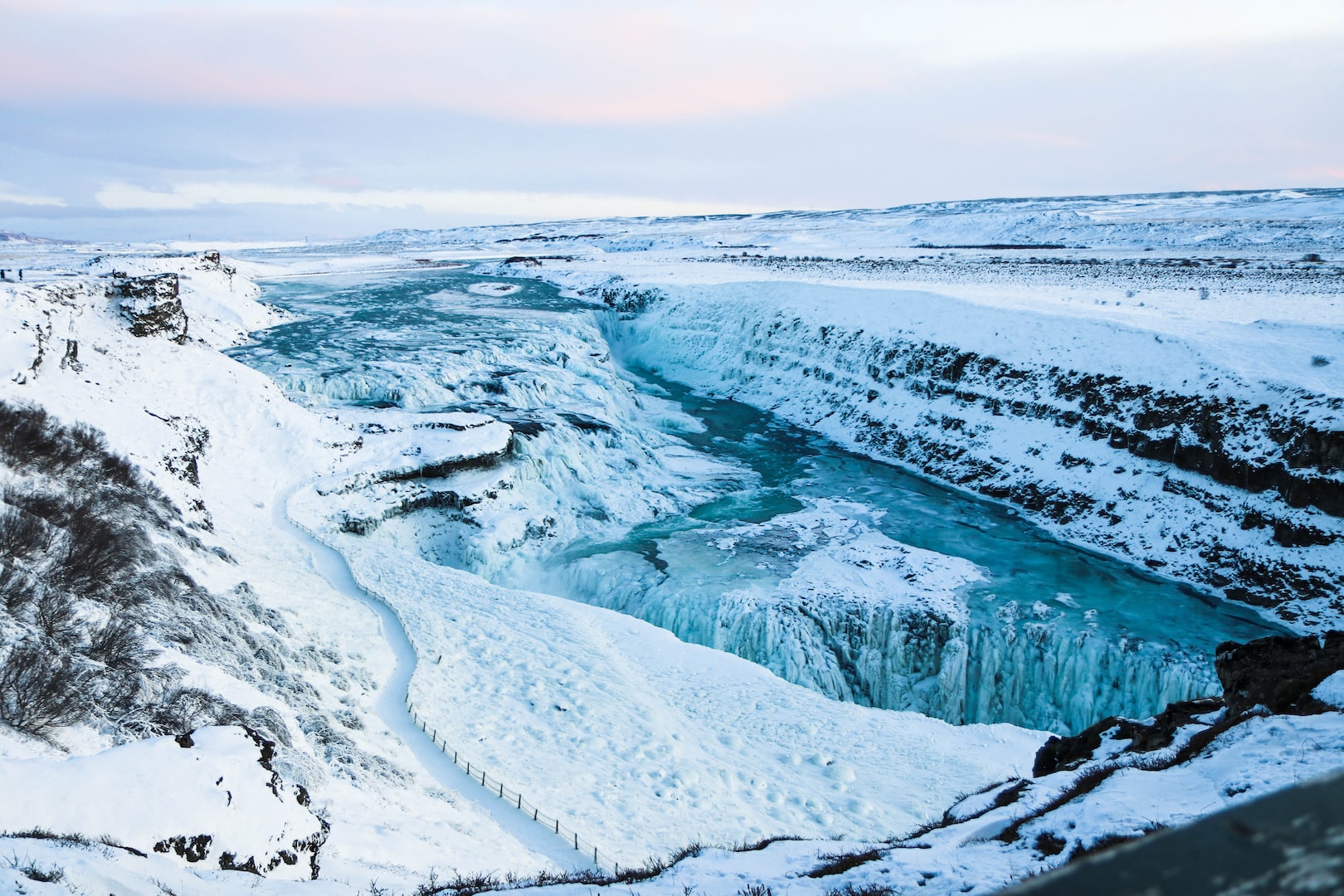
Winter

how to get there
Icelandair fly from Heathrow, Gatwick, Manchester & Glasgow. British Airways fly from Heathrow & London City. EasyJet fly from Gatwick & Luton. Jet2 fly from Birmingham, Bristol, East Midlands, Leeds Bradford, Edinburgh, Glasgow, Stansted, Manchester & Newcastle. Fly Play fly from Stansted & Liverpool. TUI fly from Luton, Gatwick, Heathrow, Bristol Manchester, Glasgow & Edinburgh.
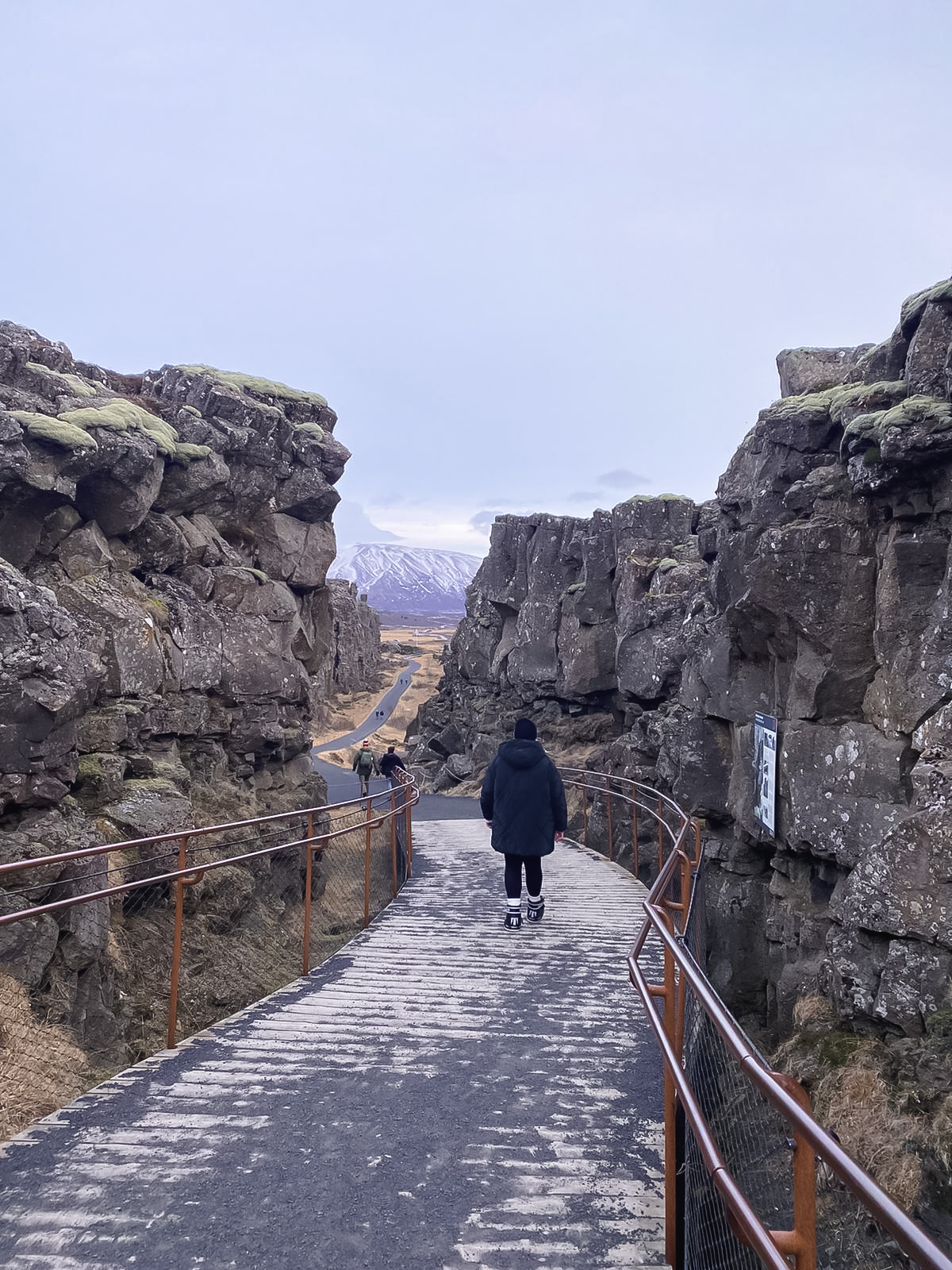
getting around Iceland
Hire a Car - I definitely recommend this option! Taxis - are very expensive and not recommended! There is no Uber in Iceland. Buses -
Flybus runs between the airport and the BSI bus terminal in Reykjavík. It departs every 35 minutes. Pre-book or purchase ticket upon arrival. Strætó operates buses in Reykjavík and around Iceland. On www.straeto.isyou can check timetables, plan routes, download the app and buy tickets. Airport Direct runs between the airport and Reykjavík with the ability to upgrade to be dropped off at your accommodation. They also offer transfer to the Blue Lagoon.

iceland regions
Reykjavík is the natural starting point for any visit to Iceland. The capital is world-renowned for its culture, history, and natural beauty on all fronts. The capital area has enough natural wonders at its doorstep to serve as a convenient base for exploring spectacular landscape in several directions. Discover the wonders of East Iceland , home to the country's largest forest, lush farmlands and an assortment of streams and mountains. The Reykjanes peninsula is a geological wonder, where lighthouses outnumber villages. Here you’ll find the airport, Blue Lagoon, and the Fagradalsfjall volcano. The North of Iceland truly is a land of contrasts. You’ll find long valleys and peninsulas with mountains, lava fields and hills carved out by rivers. The North is also home to Iceland's second largest urban area, Akureyri. One of Iceland's best-kept secrets is the northwest corner, the Westfjords . One for the serious explorers, only about 10% of Iceland's visitors ever see the region. Here you’ll find unspoiled nature and Icelandic folklore culture. West Iceland is one of Iceland's most geologically diverse regions It’s close enough to the capital area but offers a completely different experience with volcanoes, waterfalls, flora and wildlife. Iceland’s geological contrasts are best visible in the South where geothermal heat meets glacial cold. In the Southwest and the Golden Circle Area, the heat is on, providing the energy for Iceland’s many greenhouses and swimming pools. The Southeast shows off Europe’s biggest glacier Vatnajökull, spectacular waterfalls, and black sand beaches.
iceland in 3 days - itinerary
Here is a suggested itinerary of how to spend 3 days in Iceland. This was a very similar itinerary to what we did during our trip.
Top Tip: If you're visiting Iceland during winter and you're planning on seeing the Northern Lights, always try to see them on your first night, that way you can try again on another night if you wasn't successful!
Day 1 - Reykjavik & Northern Lights
Day 2 - Golden Circle
Stop 1: Þingvellir National Park is a sought after tourist destination and is significant because of its history and geology. It is also the only UNESCO World Heritage Site in Iceland. Stop 2: Haukadalur Valley has many hot springs and geysers, including the powerful Strokkur, Smiður and Litli-Strokkur. Strokkur is Iceland's most famous hot spring, shooting vast jets of boiling water every 5-10 minutes. Stop 3: Gulfoss Waterfall or the 'Golden Falls' is one of the most beautiful and powerful waterfalls in Iceland, plummeting 105 feet (32 meters) in two tiers into the river gorge of the popular rafting river Hvita.
Day 3 - Lagoon
top tips & information

Where to Stay
The Reykjavik Edition - We stayed here! Reykjavik Konsulat Hotel, Curio Collection by Hilton Radisson Blu 1919 Hotel, Reykjavik Canopy by Hilton Reykjavik City Centre Ion City Hotel, Reykjavik ION Adventure Hotel, Nesjavellir

Eating & Drinking
Icelandic Fish Kleinur: The Twisted Doughnut Bragðarefur: Ice Cream Hákarl: Fermented Shark Svið: Sheep's Head Pylsa: The Icelandic Hot Dog Skyr: The Icelandic Yogurt Flatkaka með Hangikjöti: Flatbread with Sliced Smoked Lamb Harðfiskur: Dry fish with Butter Kjötsúpa: Lamb Soup
Hotdogs from Baejarins Beztu Pylsur Cinnamon Buns from B raud & Co Breakfast at Grai Kotturinn - the pancakes were delicious! Lobster Soup at Seabaron Tomato Soup at F ridheimar
Book accommodation with Breakfast included as this will save you money. Hit the Supermarkets. Hot Dogs are your best friend. Buy Alcohol at Duty Free before you leave the Airport. Happy Hours - Download the Appy Hour App. Drink the Water!
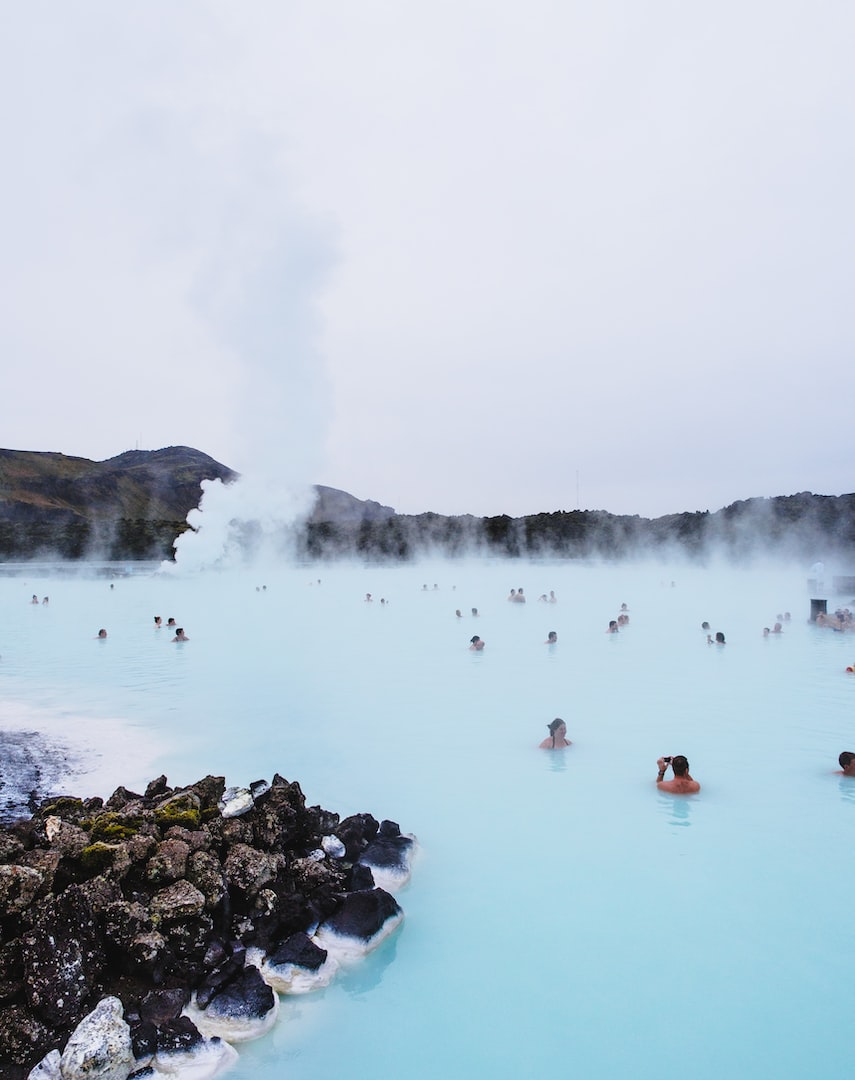
Hot Springs, Geothermal Pools & Lagoons
Blue Lagoon: Pre-book their Comfort (£52) or Premium Package (£67). Both packages include entry, mud mask, towel and drink. The premium option will give you two extra masks and use of a bathrobe. You'll also get a glass of sparkling wine with this option if you dine in the Lava Restaurant. There is also a Luxury Package (£360) which will give you 5 hours access into the Retreat Spa, private changing suite and unlimited access to both the Retreat Lagoon and the Blue Lagoon. There are 3 restaurants and a café for dining, and onsite accommodation includes the Silica and Retreat Hotels. Sky Lagoon: More package options: Pure Lite Pass (£49) gives you admission, access to changing facilities and a towel. Pure Pass (£61) also includes the 7 Step Ritual. Sky Pass (£85) is their luxury option and will give you access to private changing facilities with their signature Sky Body Lotion. They also have a Sky Lagoon for Two Package (£175) and this includes 2 Sky Passes, drink per person and a Sky platter. Food & drink options include the Lagoon Bar, the Sky Café and Smakk Bar.
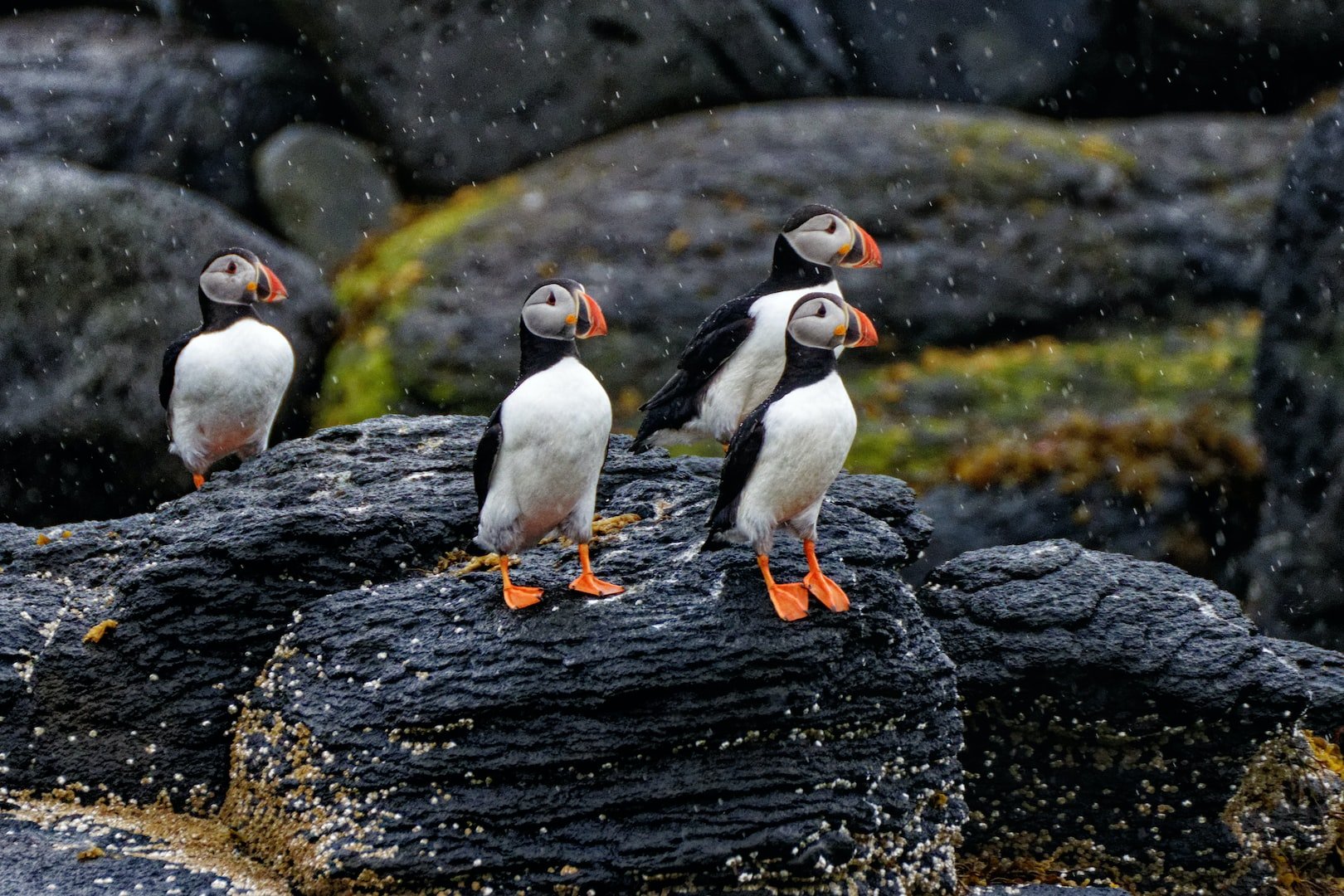
Organised Tours & Activities
Whale Watching on a Super Yacht Golden Circle & Glacier Snowmobiling Blue Lagoon Sky Lagoon Northern Lights Night Tour Reykjavik Food Walk Snorkeling in Silfra The Lava Tunnel Icelandic Horseback Riding Perlan Museum Puffin & Volcano Tour Blue Ice Cave Adventure Mountain Helicopter Tour South Iceland Day Tour Glacier Hiking Tour
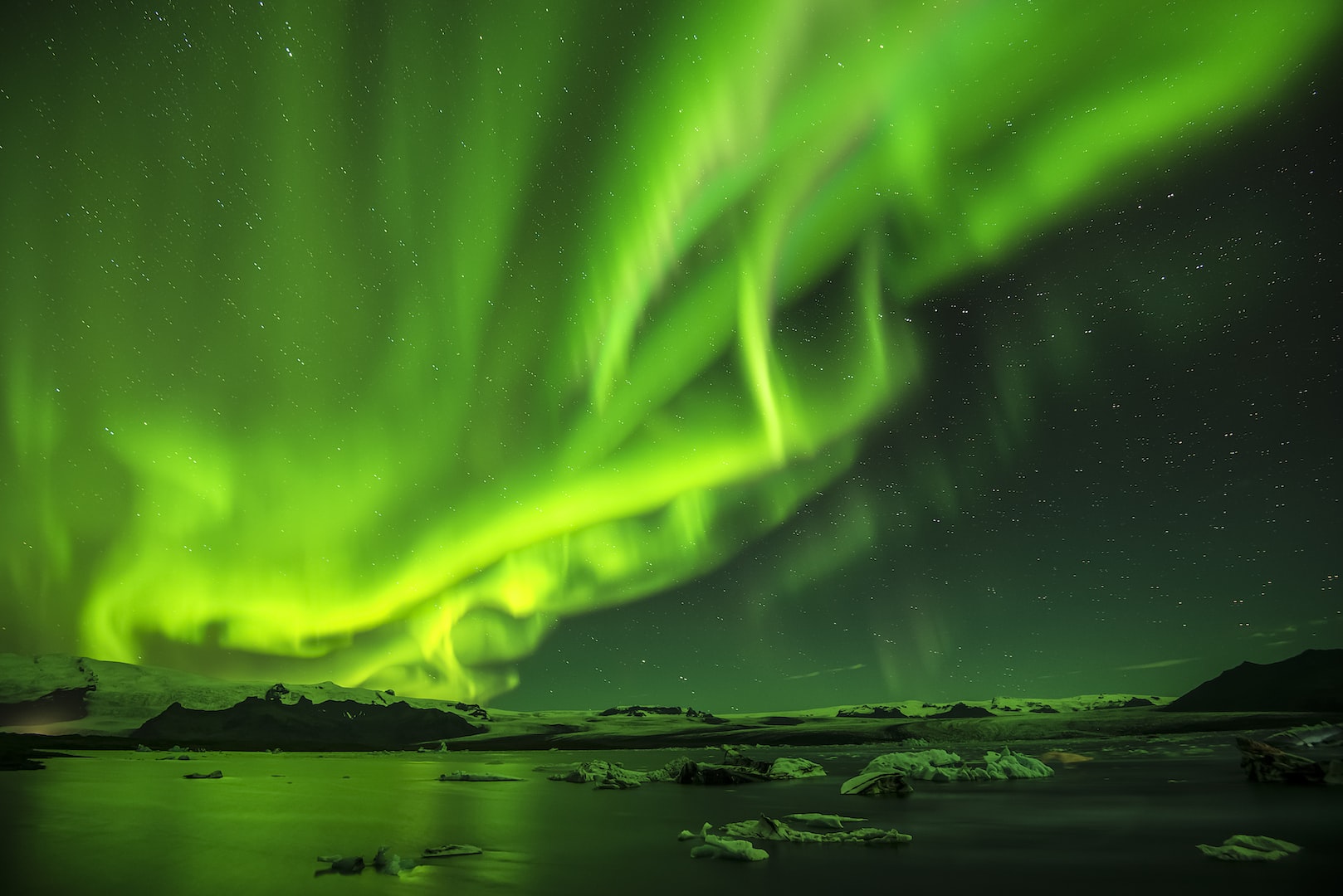
Northern Lights
